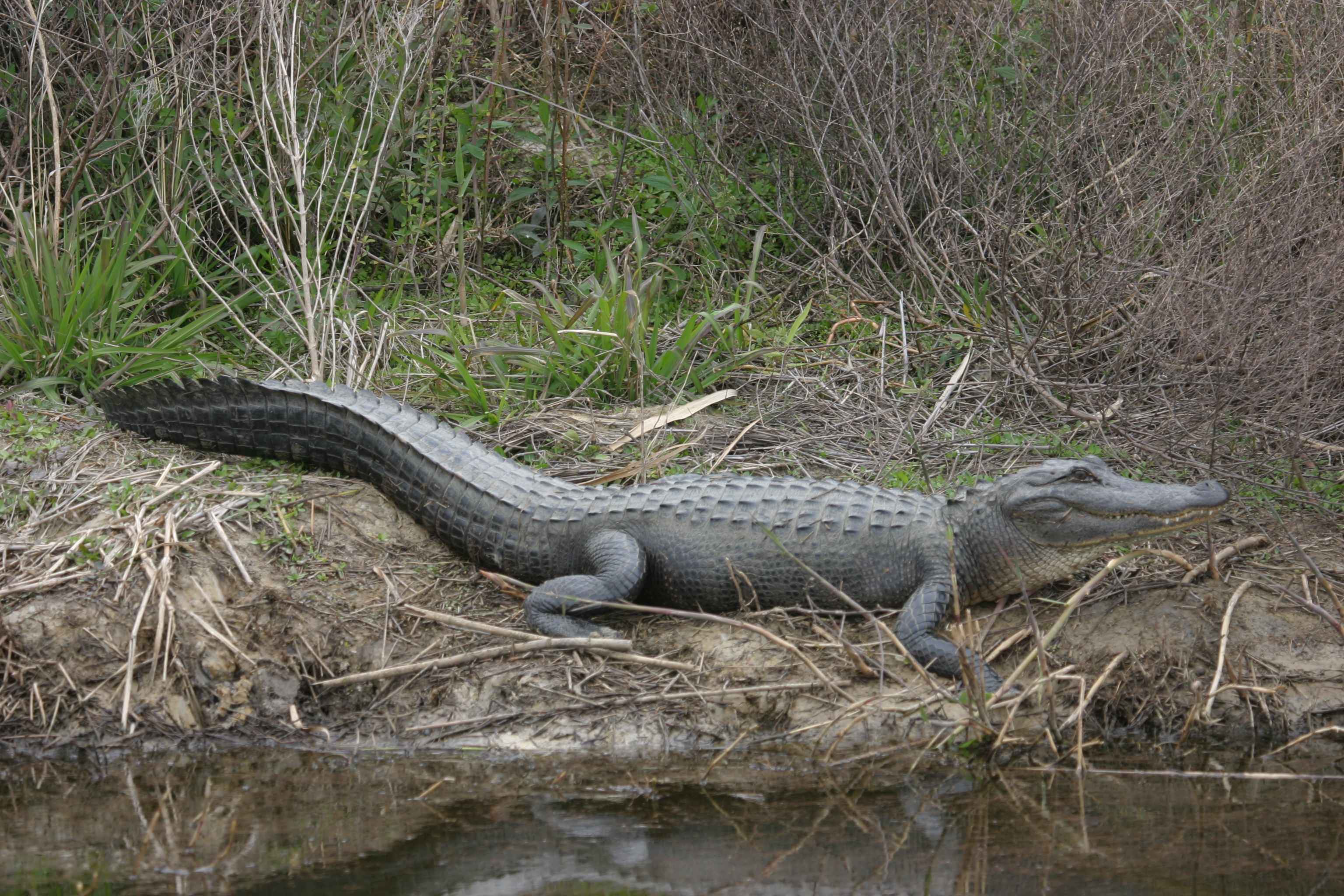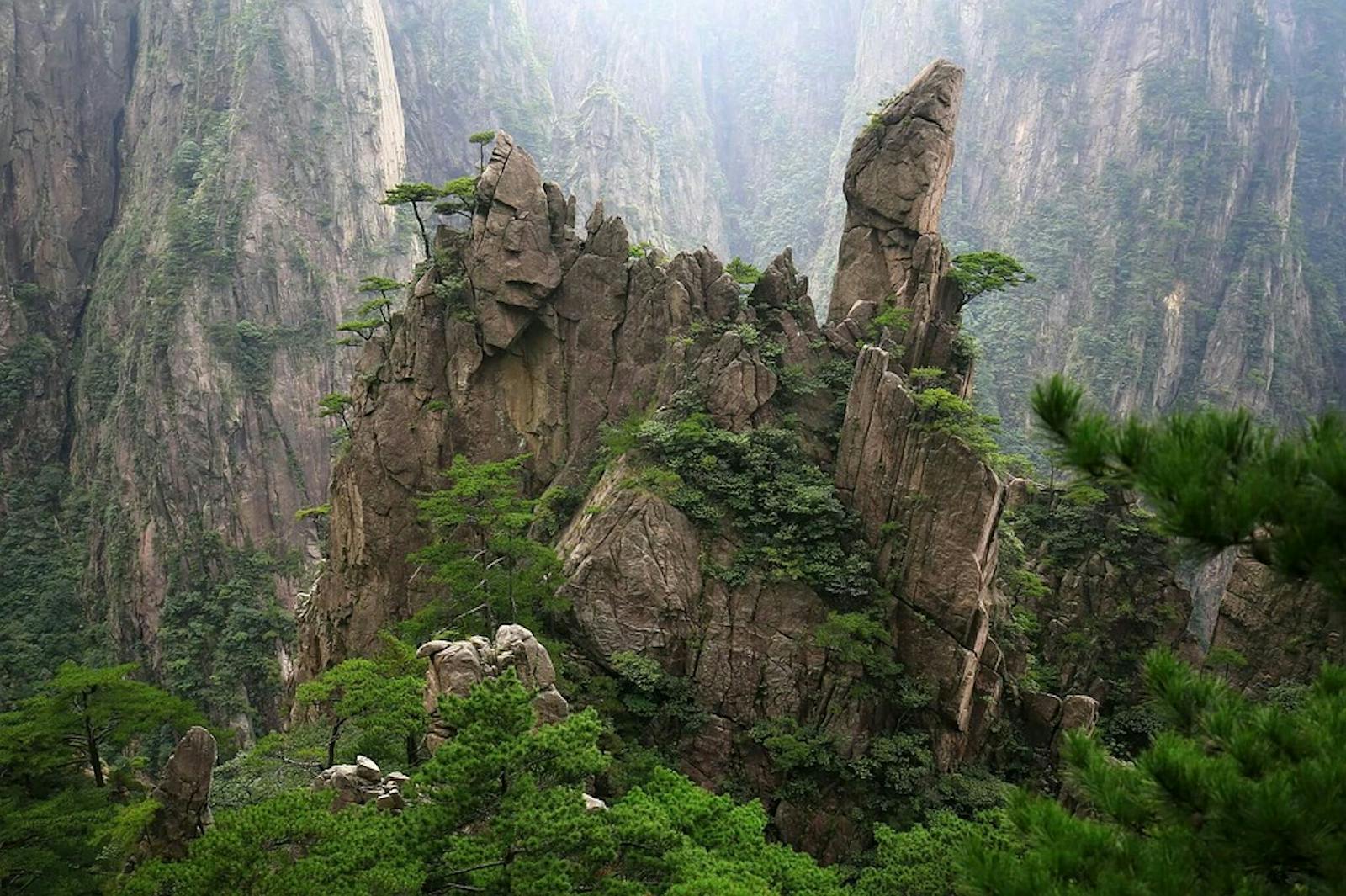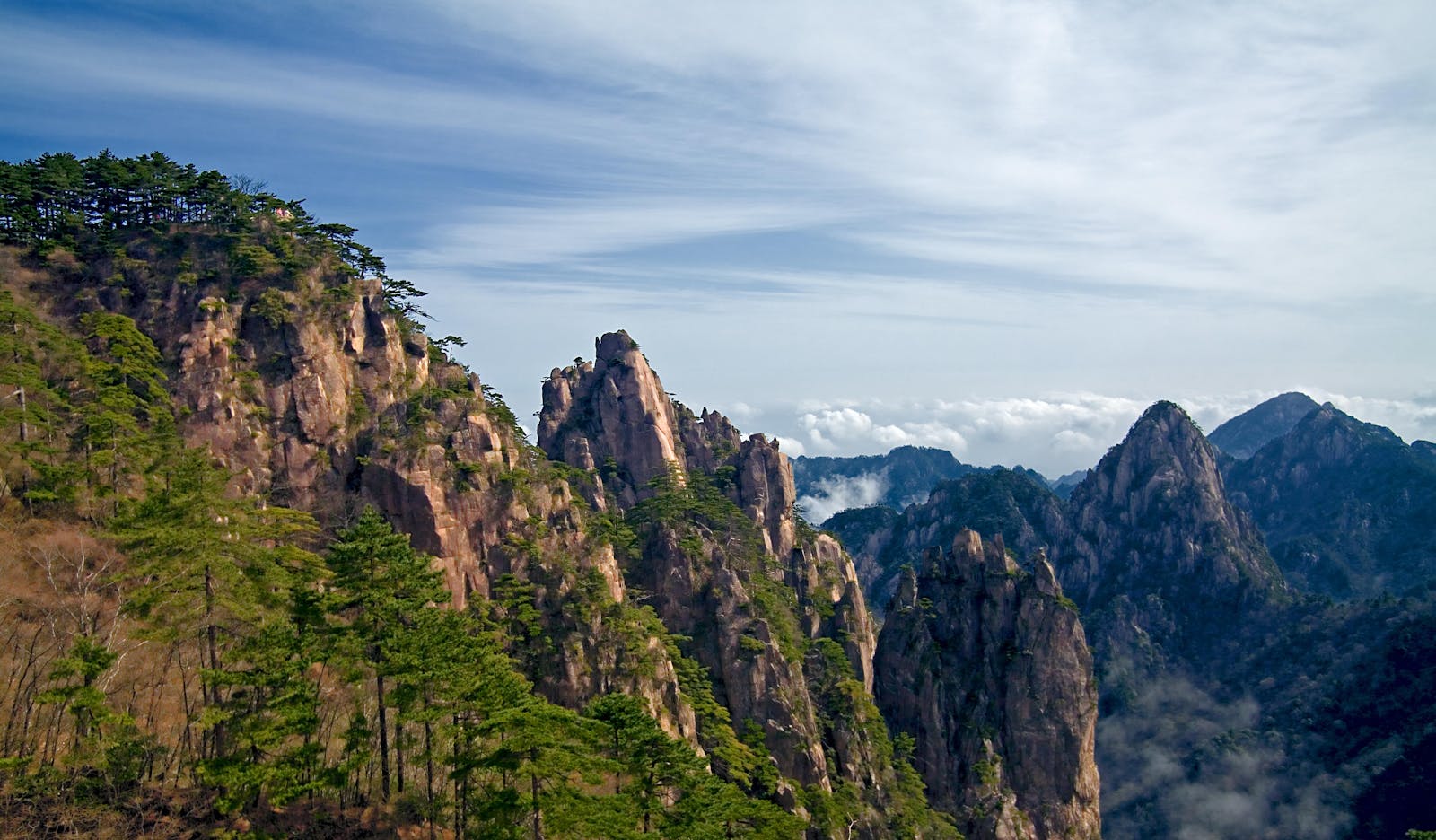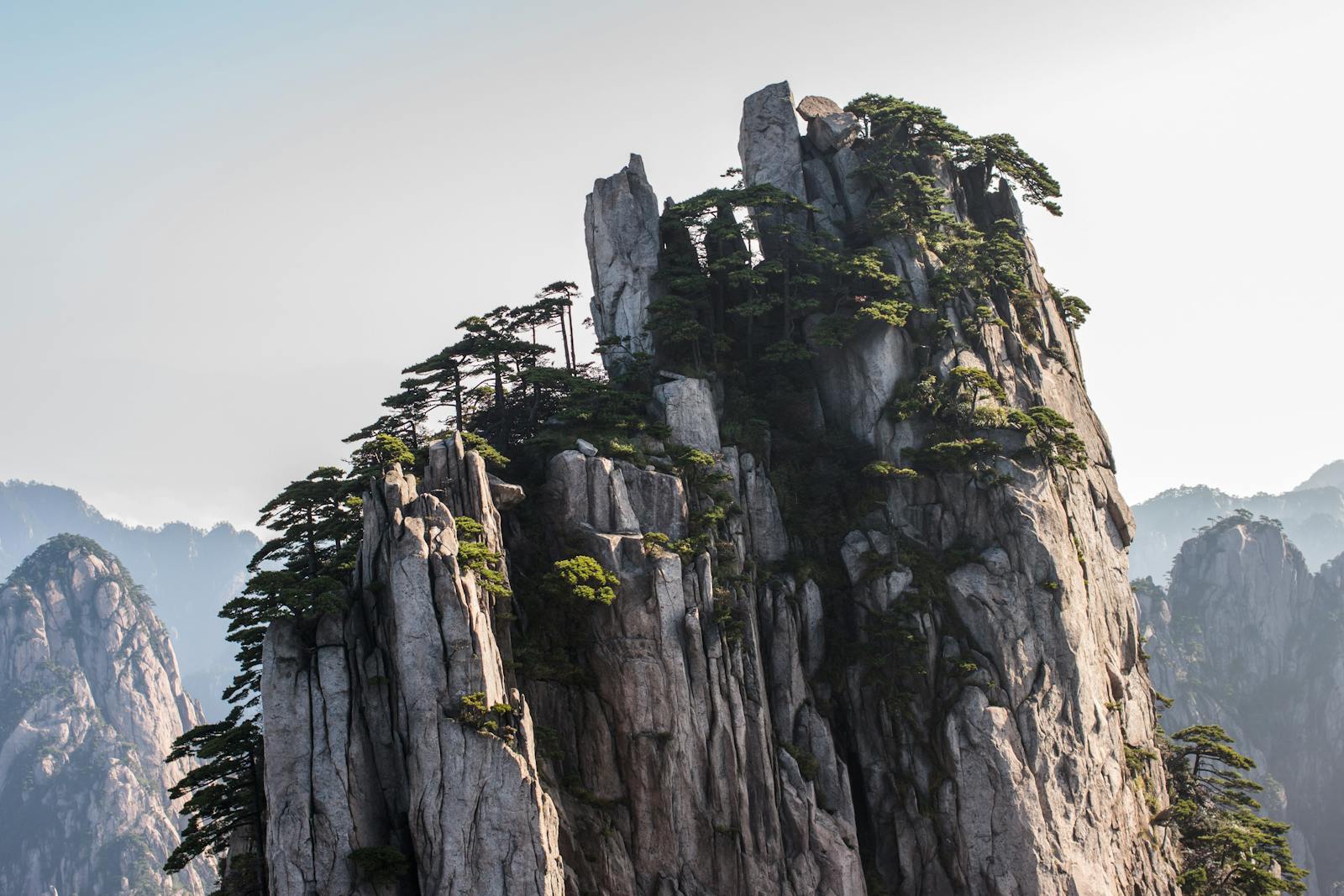Changjiang Plain Evergreen Forests
The ecoregion’s land area is provided in units of 1,000 hectares. The conservation target is the Global Safety Net (GSN1) area for the given ecoregion. The protection level indicates the percentage of the GSN goal that is currently protected on a scale of 0-10. N/A means data is not available at this time.
Bioregion: Chang Jiang Plain Evergreen Forests (PA50)
Realm: Eastern Eurasia
Ecoregion Size (1000 ha):
43,900
Ecoregion ID:
657
Conservation Target:
17%
Protection Level:
3
States: China
The Changjiang (Yangtze river) emerges from the Three Gorges passage to flow eastward in a series of “nine intestine-like bends”, a thousand kilometers across low-lying alluvial plains to enter the East Sea near Shanghai. The Changjiang Plain evergreen forests ecoregion is delineated to the south and west by the mountainous uplands of southern China; to the north, it is separated from the plains of the Huang He (Yellow River) by a low watershed divide.
The Changjiang plain is the origin of cultivated rice and one of the first places where Homo sapiens entered the Neolithic age of pottery and agriculture. Consequently, accessible habitat was converted to farming and fish aquaculture centuries ago. Away from the densely populated plains region, remnants of natural vegetation persist in seasonally flooded areas and amongst the sharp, granitic mountain ranges and steep hills that run through this ecoregion.

The flagship species of the Changjiang Plain Evergreen Forests ecoregion is the Yangtze alligator. Image credit: Creative Commons
Floodplains and adjacent low hills once supported extensive broadleaved evergreen forests dominated by oaks and laurels; today this forest community in the lowlands has largely disappeared. The steeper mountain areas, however, are still endowed with a rich flora. For example, Huang Shan, a World Heritage Site, reports 1,650 higher plant species and an exceptional richness of mosses and ferns. Charismatic vertebrate residents include Tibetan macaque, clouded leopard, and the endangered Oriental stork.
Reed swamps still grow in and around seasonally flooded lakes like Poyang and Dongting that receive water when the Changjiang surges in the summer rainy season and return it when the river ebbs in the winter, fluctuating in height more than 10 m over the course of the year. At present, Poyang, 3,500 km2 when full, can shrink to 200 km2 in the dry season. Chinese water deer, resident in the flood zone, swims to high ground when the river begins to surge.
The Yangtze finless porpoise, locally called ‘river pig’, is endemic here: its entire global population of about 1,400 individuals swims in the main stem Changjiang and two big lakes, Poyang and Dongting, that ebb and fill with seasonal fluctuations of the river. Other species that depend on the dwindling habitat of the Changjiang Plain include the Siberian crane and the Yangtze alligator, locally known as the ‘mud dragon’. Eighty percent of the global population of 3,000–4,000 Siberian crane overwinters in this ecoregion, along with other waterfowl like oriental stork, swan goose, and white-naped crane.
The critically endangered Yangtze alligator was practically extirpated in the 1990s but has since partially recovered under strict protection. This species, a smaller cousin of the American alligator, hibernates half the year in complex burrows to avoid seasonal cold. Today, a small wild population inhabits the Anhui Chinese Alligator Nature Reserve. The Changjiang also supports two species of sturgeon, the Chinese and Yangtze sturgeons. Both of these hulking, primitive fish species are critically endangered. The baiji, or Yangtze River dolphin was also prominent on this list until the first decade of the 21st Century when it was declared ‘functionally extinct,’ the first known extinction of a cetacean in modern times.
Today, wild forests of the Changjiang plain are extirpated, replaced by row crops and orchards. Most aquatic habitats have been modified by channeling or converted to aquaculture; accessible upland areas are planted in tea. Hundreds of kilometers of riparian habitat is artificially confined between earthen levees.
The Three Gorges (Sanxia) dam represents a massive ongoing hydrological experiment in progress on this ecoregion. Downstream impacts of the dam include habitat alteration due to silt entrapment above the reservoir and changes in how the river level fluctuates seasonally. Above dam water storage exacerbates shrinkage of peripheral lakes downstream. Water pollution is also a concern because some of China’s largest urban and industrial areas lie along the Yangtze River and residues from high yield agriculture and livestock farming are difficult to control.
The priority conservation actions for the next decade are to: 1) manage sand dredging to protect habitat around seasonal lakes; 2) evaluate and mitigate alterations in basin hydrology caused by the Three Gorges dam; and 3) encourage the restoration of degraded forest on hill slopes.
Citations
Britton, A. 2009. Alligator sinensis (FAUVEL, 1879). http://crocodilian.com/cnhc/csp_asin.htm. Accessed September 2018.
Carpenter, C. 2000. Southern Asia, in China. https://www.worldwildlife.org/ecoregions/pa0415#. Accessed December 2018.
IUCN. 1990. Mount Huangshan Scenic Beauty and Historic Site (China). World Heritage Nomination IUCN Summary.





